The Article
EVO 4.2 Speakers From Wharfedale
14th May 2020
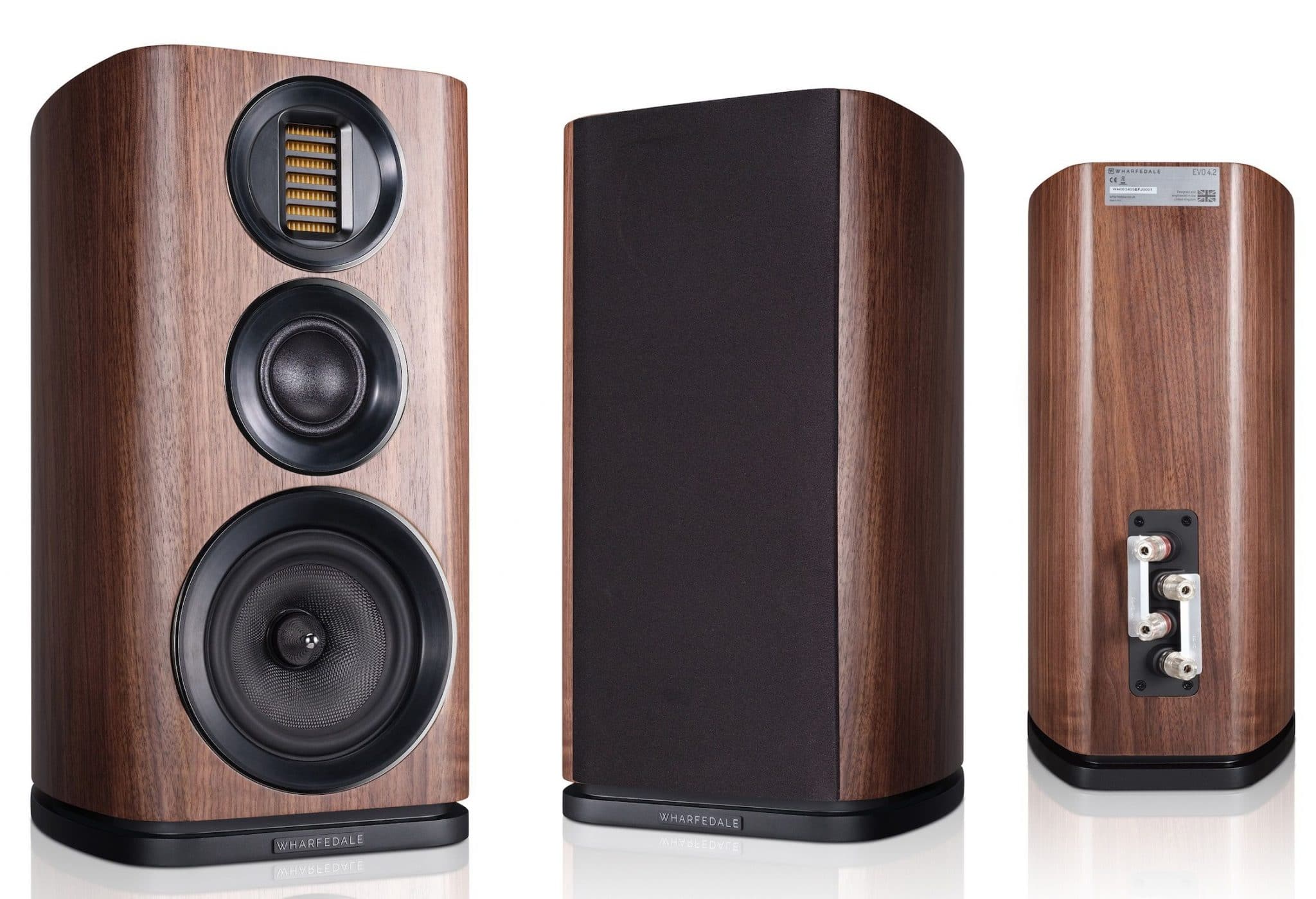
A relatively large stand-mounted design, Paul Rigby gets to grips with these 3-way designs
For a pair of stand mounters, as they sit there, on top of my speaker stands, the EVO 4.2 speakers look big. They look imposing. They, and let me make this absolutely clear…loom. They loom at you, folks. You walk into a room and you might think there’s a pair of intruders standing in your listening room. I don’t know how many times I reached for 999 during this review and then grabbed my heart in relief when I realised who they where.
That’s your EVO 4 series as a whole, really. A six-speaker series that uses technologies live and direct from the Elysian series of Wharfedale speakers.
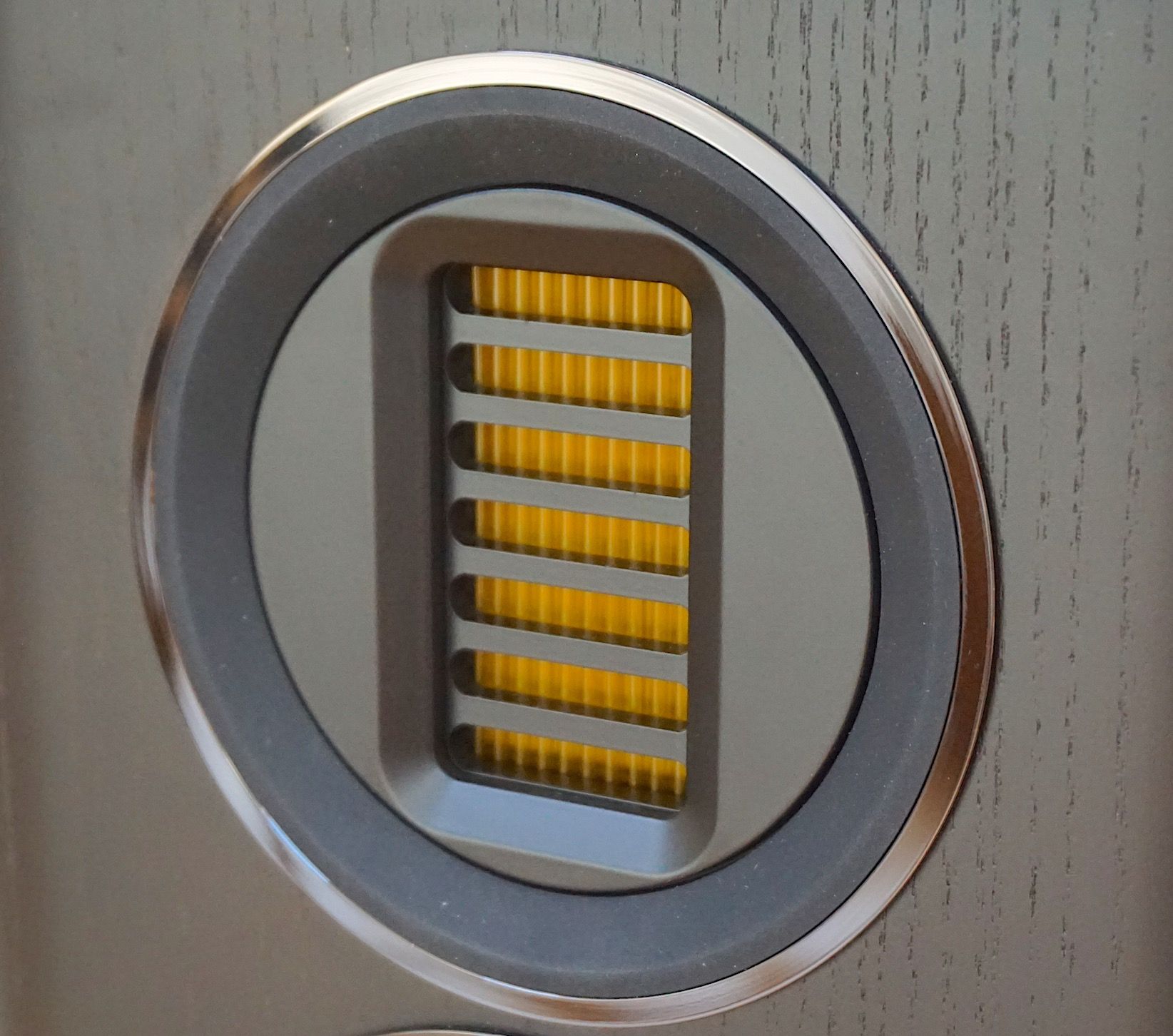
Looking at the front, up top you’ll see an AMT tweeter, spanning 55 x 80mm. This Air Motion Transformer was created for the Elysian range and features a pleated diaphragm, driven by rows of magnets which force the pleats to contract and expand to the music. The waveform is created as the air is squeezed between them.
According to Wharefedale, this system offers an improved and finer sense of control. Much more accurate, says the company, than a bog-standard dome tweeter: larger bandwidth, higher speed, lower distortion…all that good stuff.
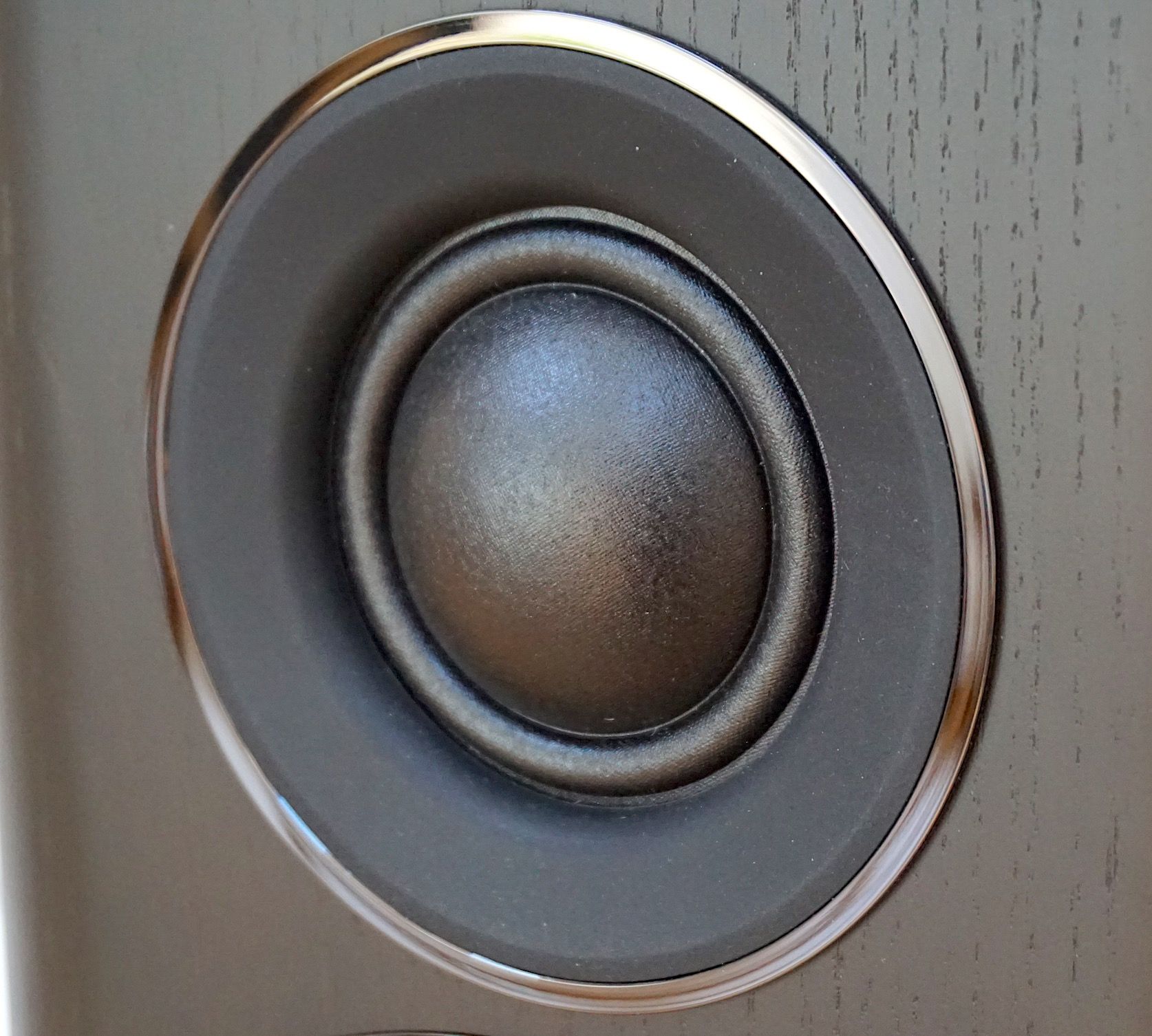
It’s nice to see a midrange unit in a modern speaker. I see so few of them nowadays. I miss them. This 50mm soft fabric-domed unit is linked to a damped rear chamber while the dome is itself damped by plasticiser and offers a bandwidth of 800Hz to 5kHz, backed by a high-flux magnet.
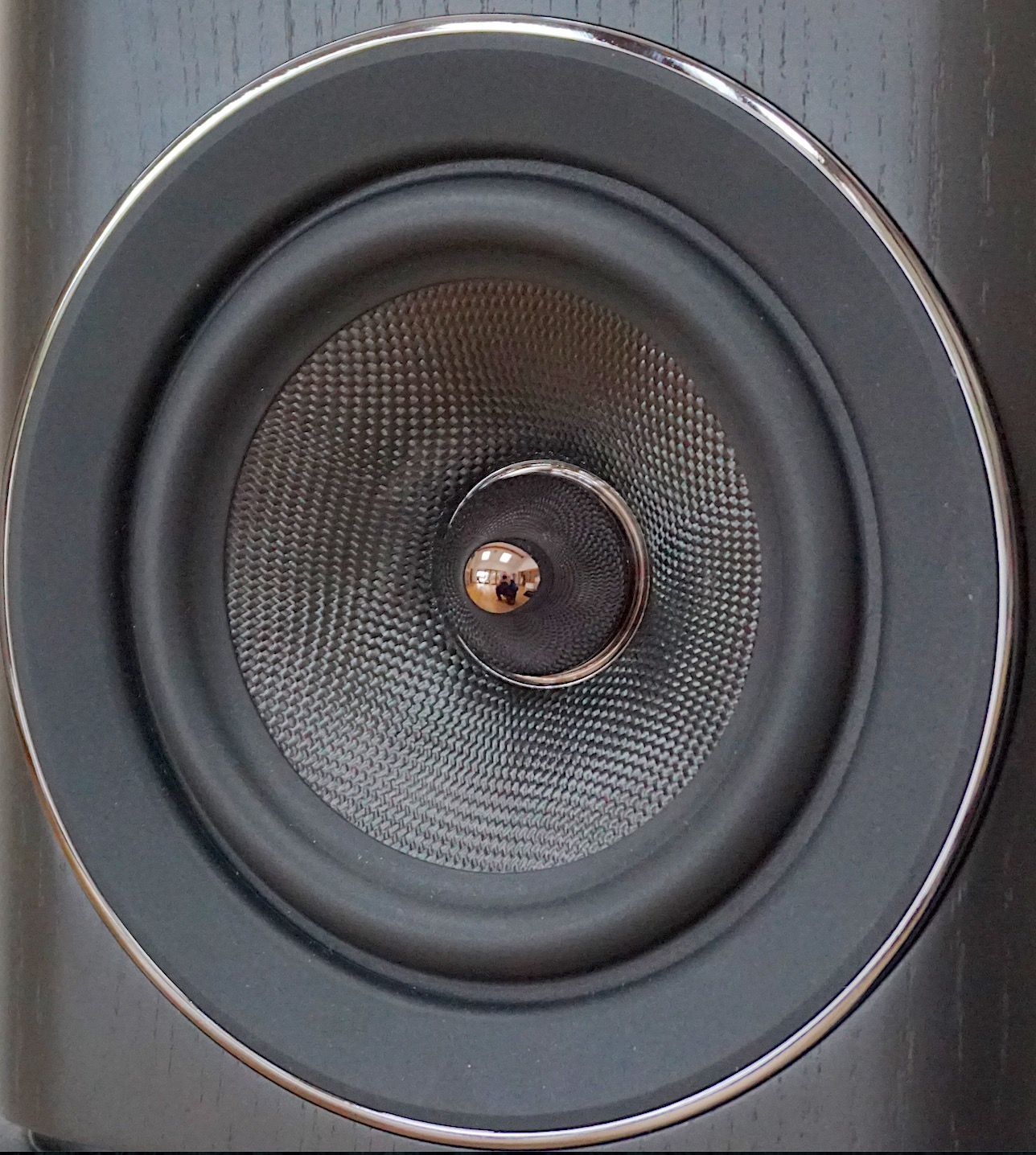
Way down into the bass regions, you’ll find a Kevlar-based unit, spanning 150mm. That material you can see in the centre (image above) is a woven aramid fibre.
Keep moving downwards and there’s a slot-loaded port that’s at the base of the unit. It’s easily missed by the eye so I’ve offered you an image here (below) so you can see what I’m babbling on about.
This SLPP (Slot Loaded Profiled Port) receives the lowest frequency energy, profiled, says the company to, “…equalise the high internal pressure to the low pressure in the room.”
The idea is to lower distortion and increase efficiency while reducing positioning issues.
The chassis itself, made from a multi-density wood sandwich, has been damped. The sandwich construction helps to reduce panel resonance while preventing sound leakage.
These 8 Ohms speakers offer a decent sensitivity rating of 90db so you’ll only need an amp upwards of around 25W to drive them.
Weighing in at 13.4kg each, the speakers each span 455 x 250 x 340mm.
So what do these house breakers sound like then?
SOUND QUALITY
I began with jazz-vocal from Morgana King’s 1973 Paramount LP, New Beginnings… and the track Like a Seed.
This period piece offers a fascinating arrangement because it provides a host of backing instruments of varied textures and range. Also, during the chorus, it’s almost as if the producer has said, “OK guys, just make lots of noise.” Hence, King hits the crescendos and never lets go, the harmony chorus tries its best to sound like slightly exasperated angelic angels while the backing sounds like a band interlude from The Muppet Show. It’s a pleasant racket and one that offers a challenge for any speakers that might meet the whole thing, head on.
And the EVO 4.2 speakers did just that.
You really have to talk bass from the off, with the speakers. There’s just no getting away from that frequency here.
Have you ever walked into a room and immediately sensed a feeling? Whether that might be an air of tension or one of joy? The room has an underlying tone. Whatever is going on in the room appears to rest upon that feeling?
Well, the 4.2s had that too and bass was that underlying feeling. Bass wasn’t dominant here. With the EVO 4.2s, it’s not like you’re listening to a pair of subwoofers. These speakers didn’t swamp the upper frequencies.
Nevertheless, bass was everywhere. It was infused in every part of the soundstage. It occupied the space like a furnished room. The wallpaper, the carpets, the soft furnishings? All bass. The lighter stuff? The upper frequencies and the finesse offered by these Wharfedales lay upon the bass, coating the 4.2 speakers.
So how did this manifest itself during play?
Well, it gave music a strength but also a real confidence. As I say, bass didn’t dominate to any great extreme here. It never bloomed or strayed too far from where it should be but it acted like the foundation of a house. The sonic structure was given authority by the bass. Bass enabled the music to roam and venture forth with more self assurance than you might normally hear.
It also provided a midrange composure that prevented any form of smearing, increasing focus and increasing tonal balance. King’s crescendos provided precision instead of what it normally wanted to do and that’s to blur out on the top end. Guitar strums provided detail and insight but also great control while bongo taps offered weight to each trike but also air and space during minor reverb.
Moving further upscale into the treble, cymbal hits and bell taps provided the delicacy you would hope for with reverb tails here and there to please but the bass focus added a sense of weight to each cymbal proving a certainty to each tap.
The low noise response was also welcome. During the cacophonous chorus sequences, what I’ve always thought were slightly frantic piano bashes turned out to by harp string plucks after all! Well, I never.
Hence, the bass and the treble provided true sonic bookends for a host of midband detail that entertained and delighted while the bass itself acted like a football coach, encouraging and influencing the rest of the music to greater heights.
I then turned to prog and Greenslade’s Time and Tide, on WEA from 1975.
As you might expect, the bass was a major part of this track. The deep and thumping bass was the heart of this song, providing an often dead-stop bass thud which was very effective but the Dave Greenslade keyboard sequences were significant too, offering a sweeping analogue, string-like tone that was rather gorgeous in its implementation while bass guitar provided an underlying rhythm to push the music onwards.
I did notice a slight bite in the midrange on rare occasions. An aggressive vocal snap would produce a slight midrange bark to accompany emphasis in delivery but that seemed to be a by-product of the accompanying precision from the speakers as a whole. Not a big deal and it didn’t overly concern me but it’s something to note during a demo.
What was surprising was the mobility and emotion from the lead vocal and the lead electric guitar. Bass never dragged upon these two contrasting sounds. They were both lively and light on their feet. Again, cymbal taps provided finesse but the bass added weight to this instrument. You got the feeling that a heavy piece of metal was being hit here.
CONCLUSION
In terms of physical bulk, the inherent design, that bass presence, the detail and authority, allied with a superb tonal balance and a sense of focused clarity, the EVO 4.2 speakers are wholly impressive. What I had to check twice here was the price point. For that price, the Wharfedale EVO 4.2 speaker’s offer incredible value for money.
WHARFEDALE EVO 4.2 SPEAKERS
Price: £599 (for a pair)
Tel: 01480 452561
Website: wharfedale.co.uk
TO BUY CLICK BELOW:
USA – https://amzn.to/35Wi99R
EUROPE – https://amzn.to/325hhi1
GOOD: bass authority, tonal balance, midband clarity, imaging, value for money
BAD: nothing
RATING: 8
[Don’t forget to check out my new Patreon Page at www.patreon.com/audiophileman, for exclusive postings, giveaways and more!]
REFERENCE
Tellurium Q cabling
Blue Horizon Professional Rack System
Harmonic Resolution Systems Noise Reduction Components
All vinyl was cleaned using an Audio Desk’s Ultrasonic Pro Vinyl Cleaner

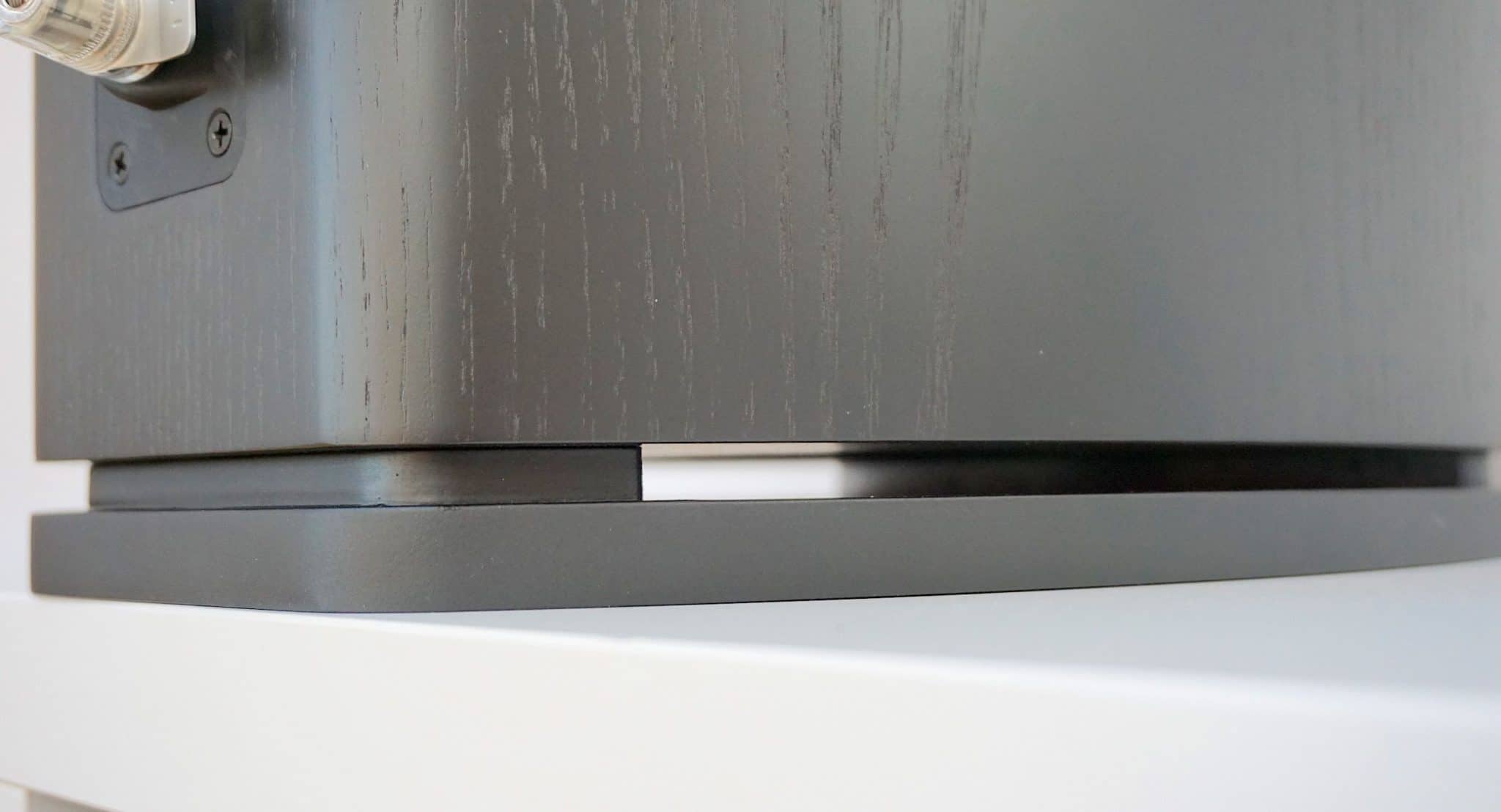
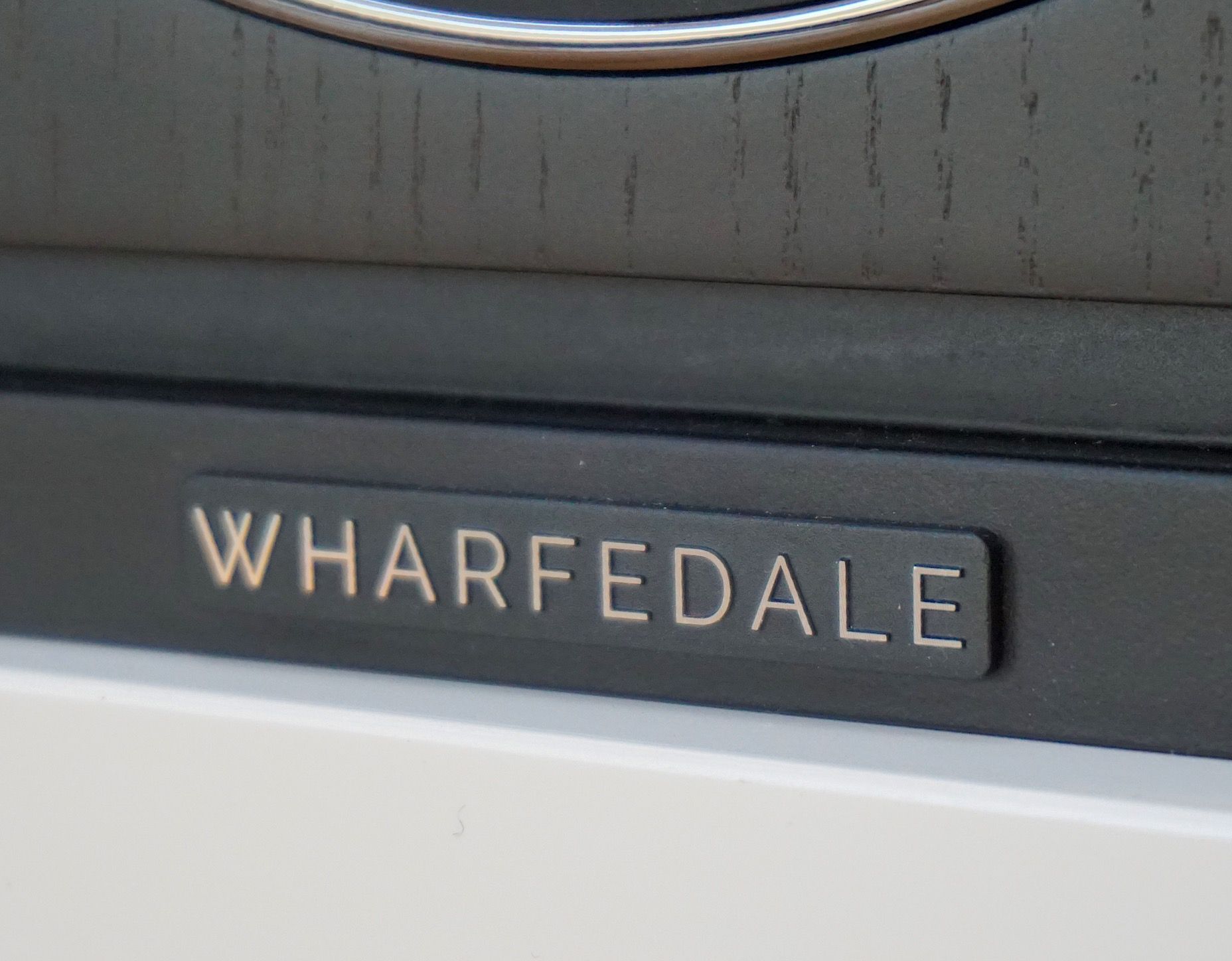
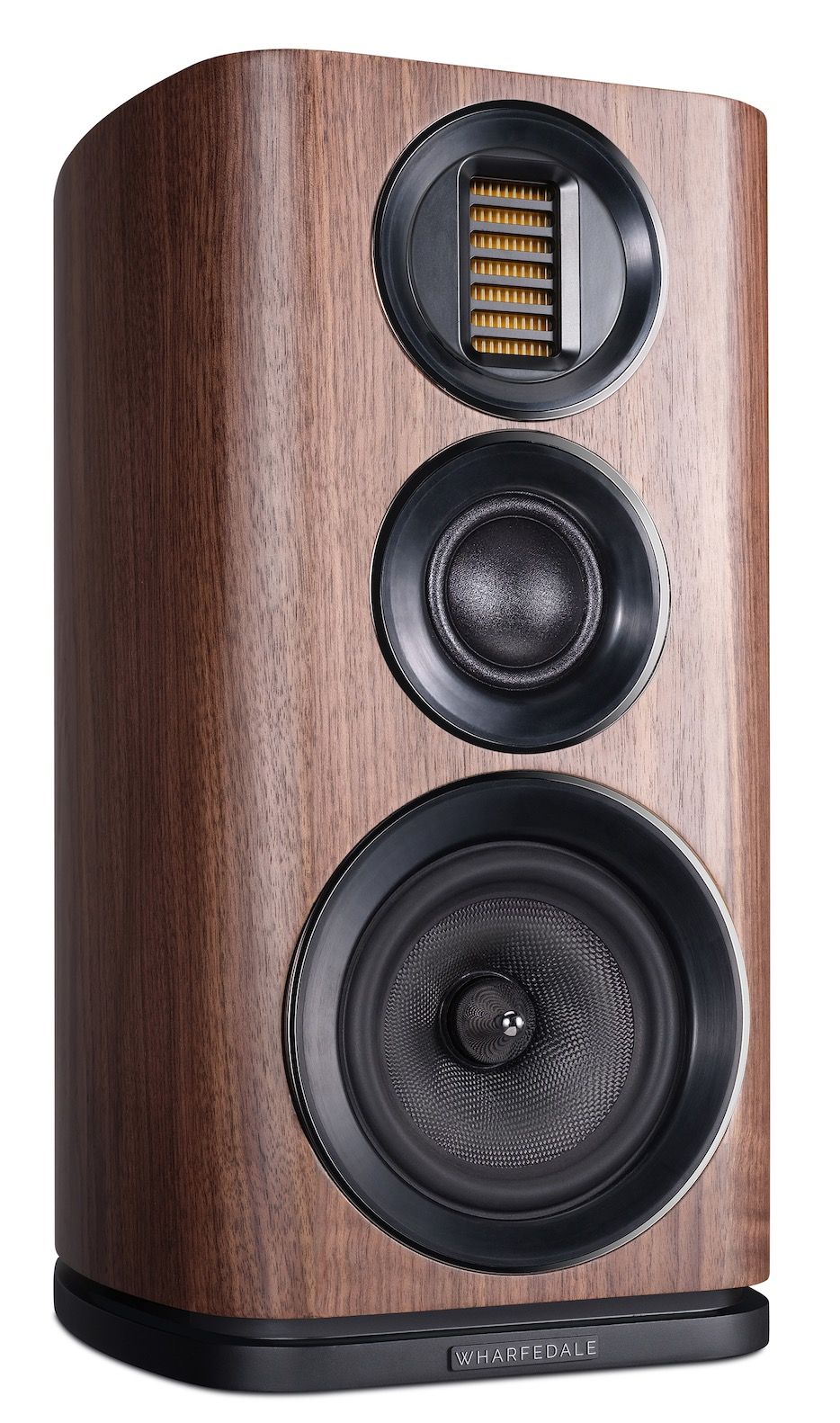
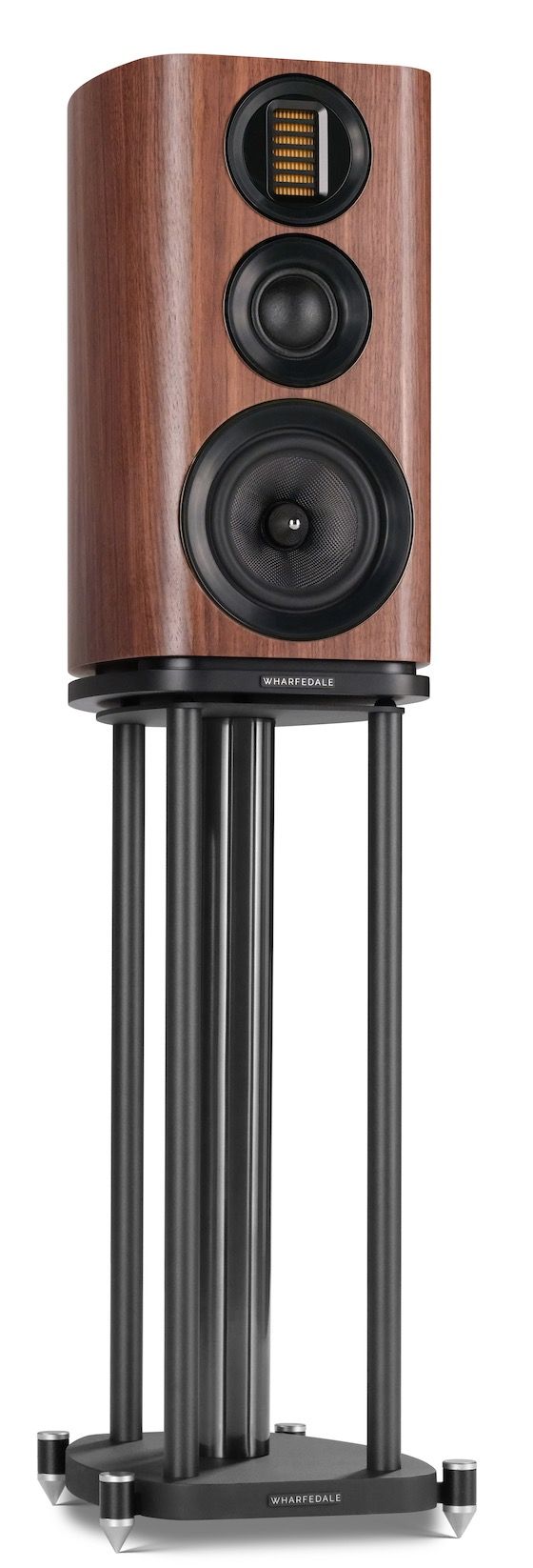
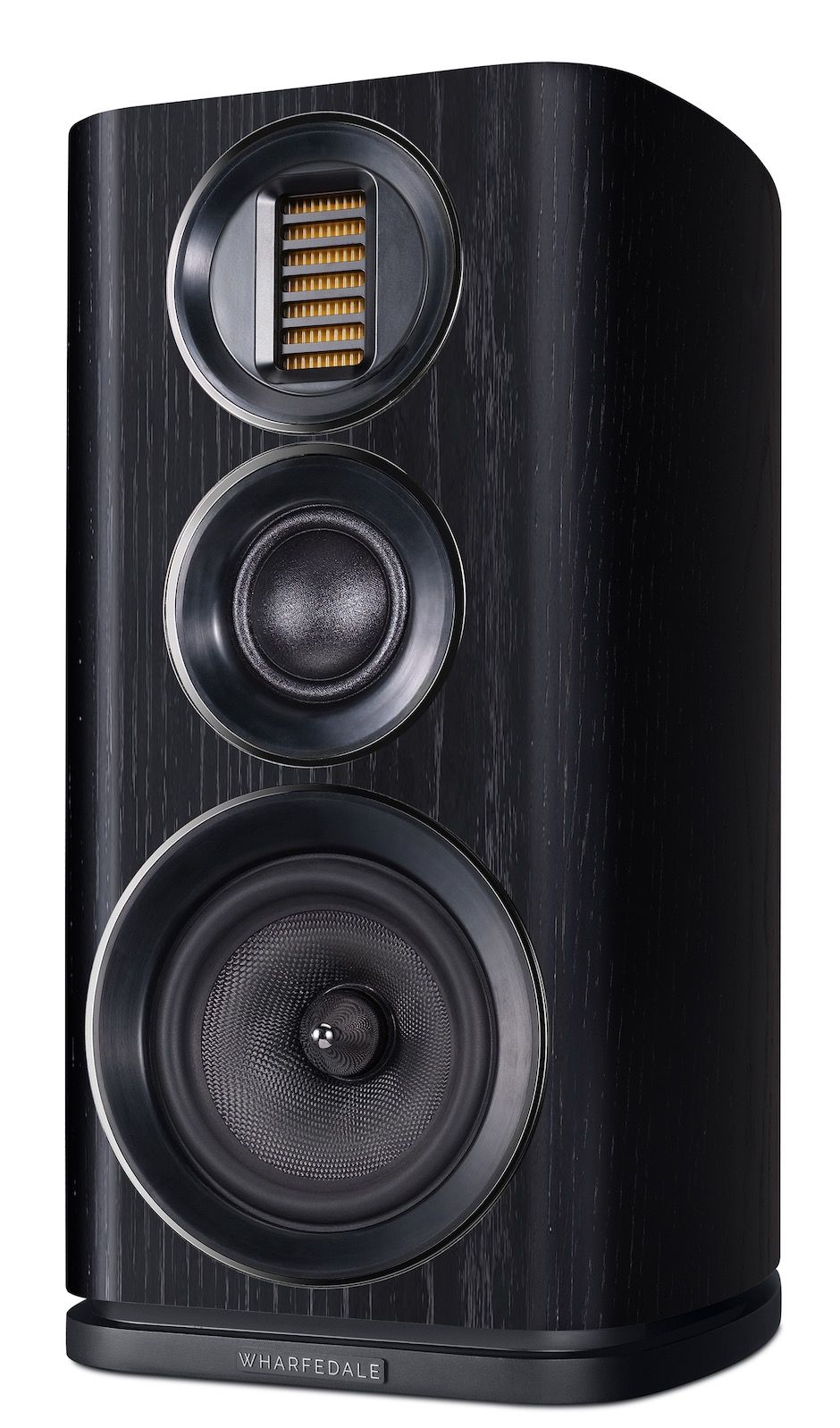
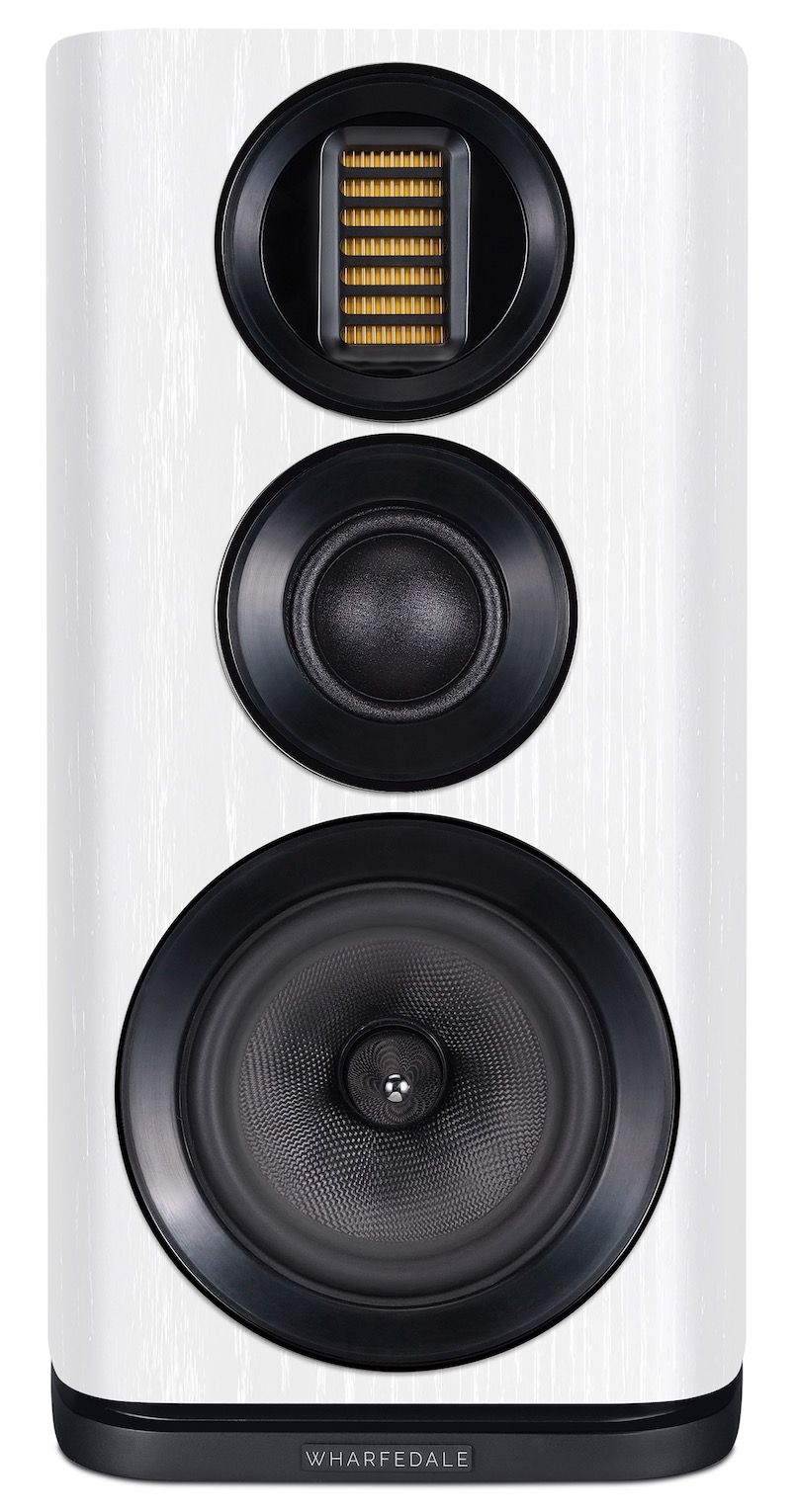
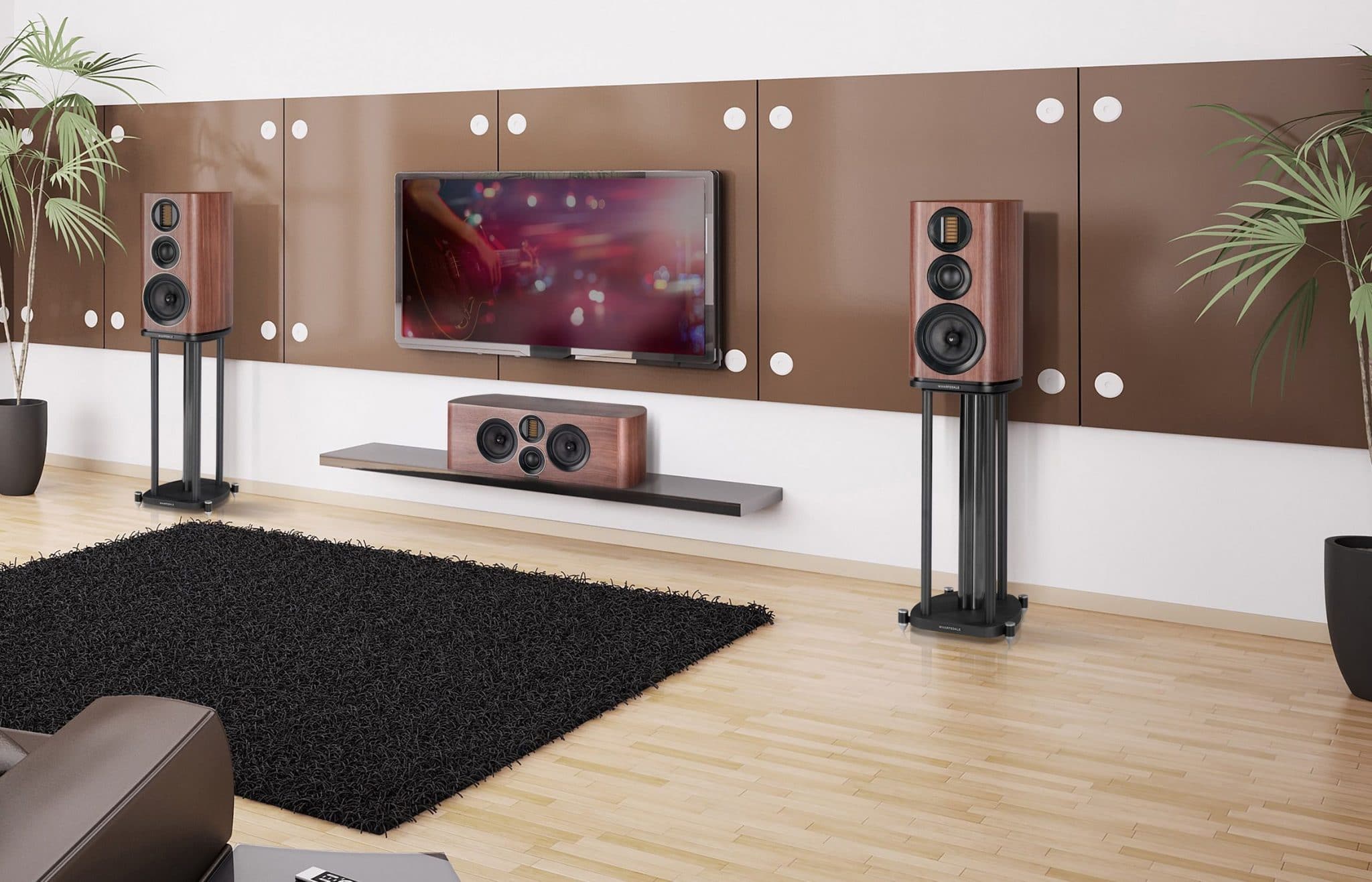
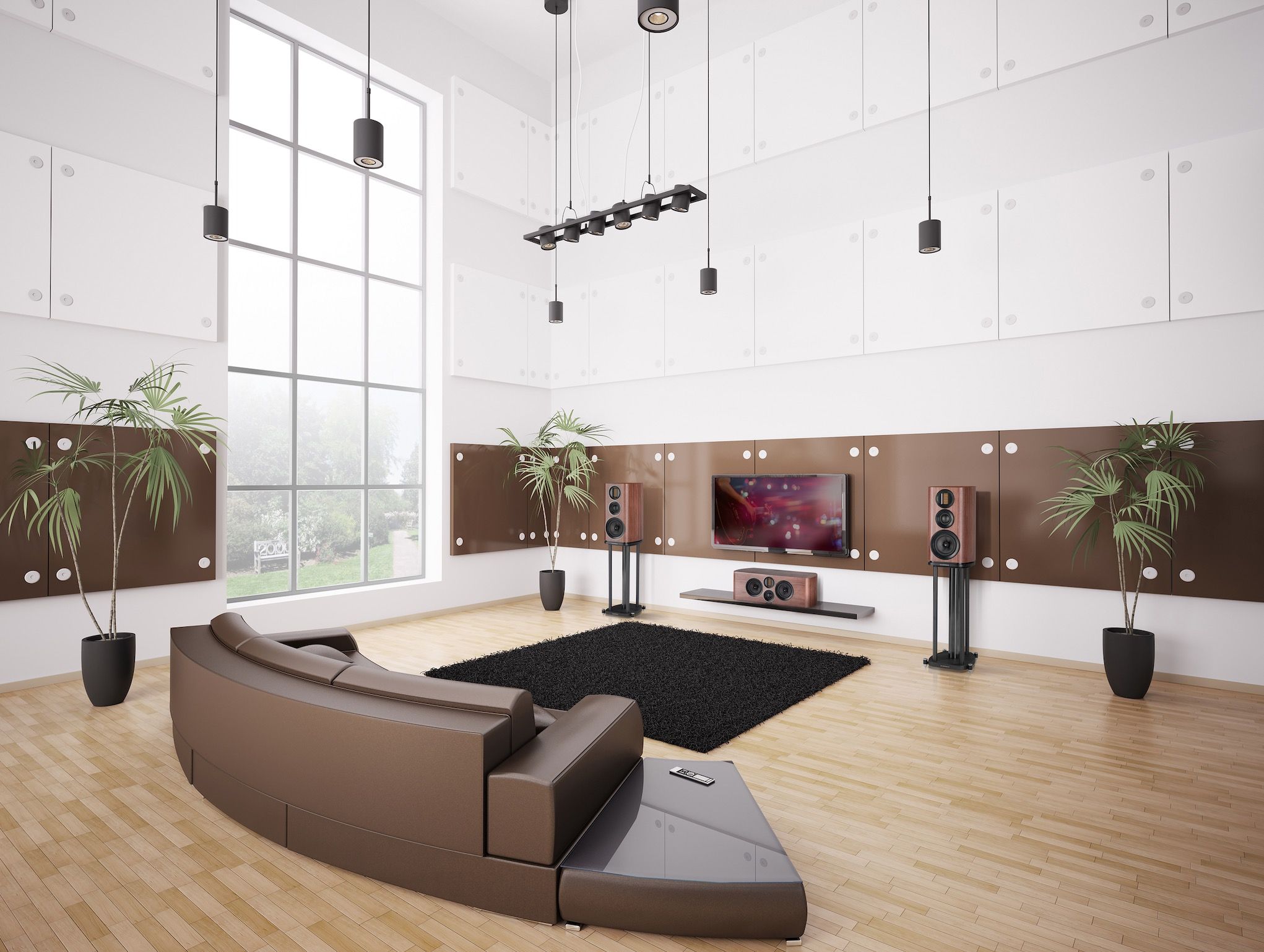

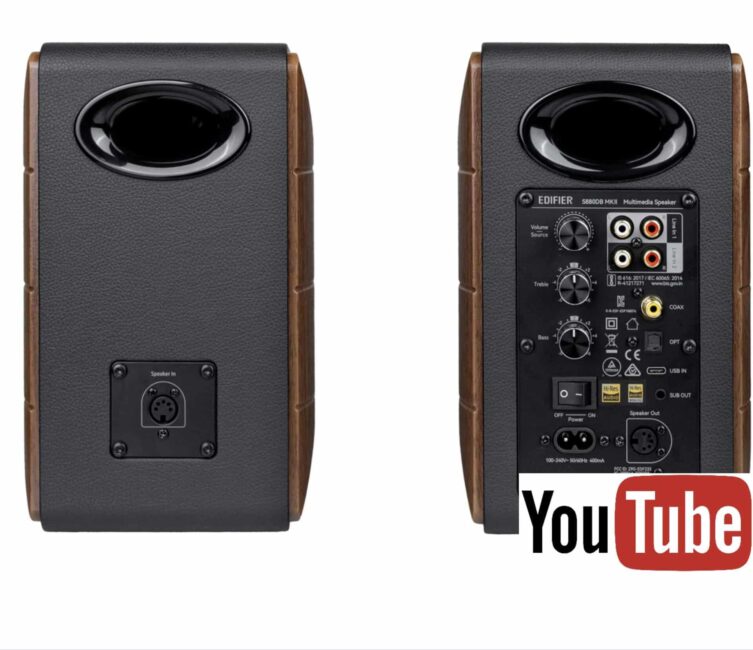
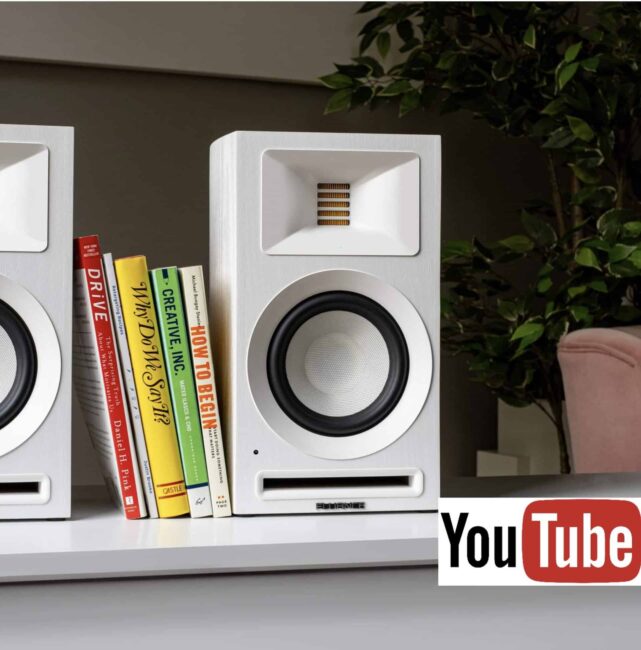
Just bought the 4.2’s but I can’t find the stands
Where did you get those stands
This is the info sheet for them Quinton: https://www.wharfedale.co.uk/evo4-stands/ Speaker dealers should be able to sort you out.
One minor correction: the Elysian speakers use a somewhat larger AMT tweeter that is supposedly superior to the Evo one. This makes sense given that the Elysians are “cost no object” speakers, while the Evos are more reasonably priced. I would love to see a comparison review of the two lines.
Thank you for the excellent review, Paul! How would you rate the Evo 4.2 against the Denton 85th? I have read the latter are more warm, but at the same price point and aesthetic, I’m really torn. I’m pairing with a vintage amp and new turntable, in a small room.
Hi Ben – I would see the Evo speakers as being the more neutral of the two with the better tonal balance and larger soundstage.
Hi Paul,
I have a Denon AVR X2400H receiver. Will it be a nice match for EVO 4.2 or do I still need a much powerful receiver. I’d like to replace my current bookshelf speaker Polk Audio S20 series.
They should work fine together, Paul.
Thanks Paul……
Hi Paul ! The speaekers Wharfedale Evo 4.2 good combinaton the amplifier Hegel H90 ? Thank you, Igor
That pairing should be fine, Igor.
Hi Paul! CXA61 with Evo 4.2 or MA Silver 100 for metal music with female voices? Thank you.
Adrian – both are excellent but for your requirements, I’d lean towards the 100s.
Thank you very much. I’ll follow your advice.
Hi Paul thanks for great review! Ihave roksan kandy k2. What do you think they match good?
Yep Ahmet – nice amp and it should work well with the EVOs.
Hi Paul, Thanks for the detailed review!. I have a DENON DRA-800H network stereo receiver. Do they match fine? How it is compared with Paradigm Monitor SE 6000F ?
Technically, the Denon and EVOs should work well together, JAY. Haven’t had a chance to review the 6000F speakers I’m afraid and have never seen them available for review, for that matter. Neither have my colleagues. In fact, I’ve only ever seen home entertainment, AV guys review these designs which might give you a clue as to their intended purpose, perhaps?
Many thanks for your prompt reply üôÇ